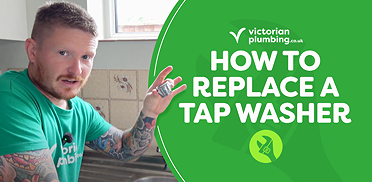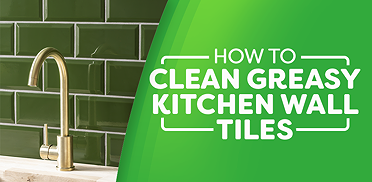Grab Up To 70% Off In Our January Sale!
Plus an extra 10% off Tiles with code TILE10. Code ends in:
How to Measure a Toilet Seat
How to Measure a Toilet Seat
Avoid loose loo disasters with our easy guide! Learn how to measure your toilet seat accurately and get a perfect, wobble-free fit every time.

Loads of people put off replacing broken or wobbly toilet seats, thinking it’s a hassle, but it’s easier and more affordable than you’d think and getting the right measurements for your seat is essential.
A poorly fitting toilet seat can lead to discomfort, instability, and even damage to your toilet bowl.
Toilet seats typically last around five years, depending on usage and material, so it’s perfectly normal to need a replacement after a while. They go through plenty of wear and tear, so no need to stress about it!
This guide will walk you through the simple steps to accurately measure your toilet seat and find the perfect replacement, so you can avoid any unnecessary wobbles or repairs.
What You’ll Need:
-
Measuring tape (or a ruler if you're old school)
-
Notepad and pen (or your phone if you’re fancy)
Note: Before purchasing, check if your toilet has a specific brand or model that requires a proprietary seat. Some toilets, especially designer models, might need a seat that is specifically designed for that toilet.
Step 1: Determine the Shape of Your Toilet Seat
Before you start measuring, you need to identify the shape of your toilet bowl, as standard toilet seats generally come in two main shapes: round and elongated.
It’s important to note that there’s no true "one-size-fits-all" option when it comes to toilet seats—sizes can vary across models, making it crucial to measure accurately to ensure the perfect fit.
However, if you’re unsure of your toilet’s shape or want more flexibility, you can look into universal fit toilet seats, which are designed to work with both round and elongated bowls.
To determine the shape of your seat, look at the bowl from above:
-
A round bowl is more circular.
-
An elongated bowl is more oval-shaped.
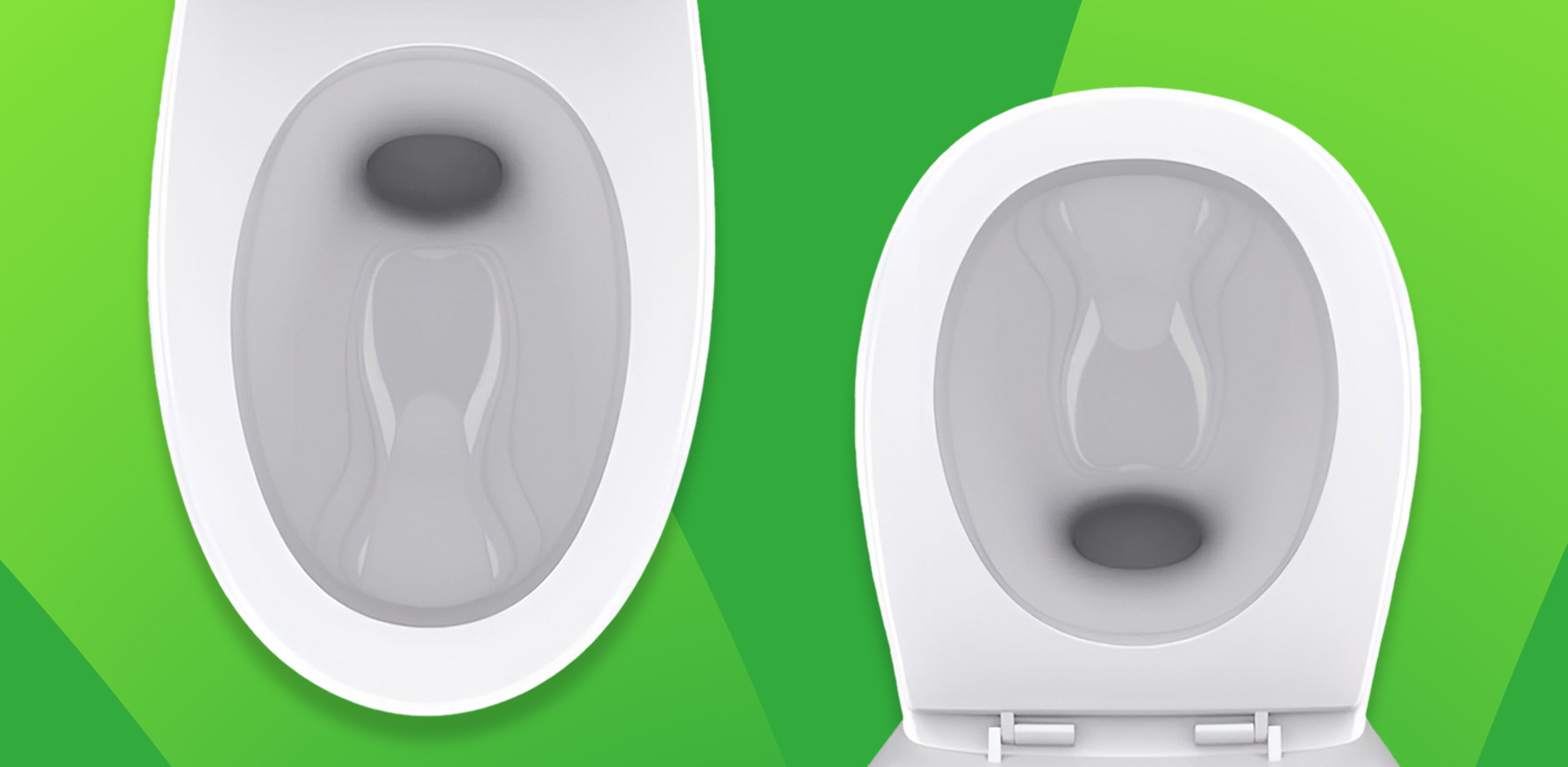
Step 2: Measure the Length of Your Toilet Seat
Place your measuring tape or ruler at the midpoint between the mounting holes at the back of the bowl (where the seat attaches) and extend it straight down the center to the front edge of the toilet bowl.
-
Round seats typically measure about 16.5 inches (42 cm) in length.
-
Elongated seats measure about 18.5 inches (47 cm).
These measurements are standard across most toilet models, but it's always best to measure to ensure a perfect fit.
Note: Ensure the measuring tape is straight and level for accuracy.
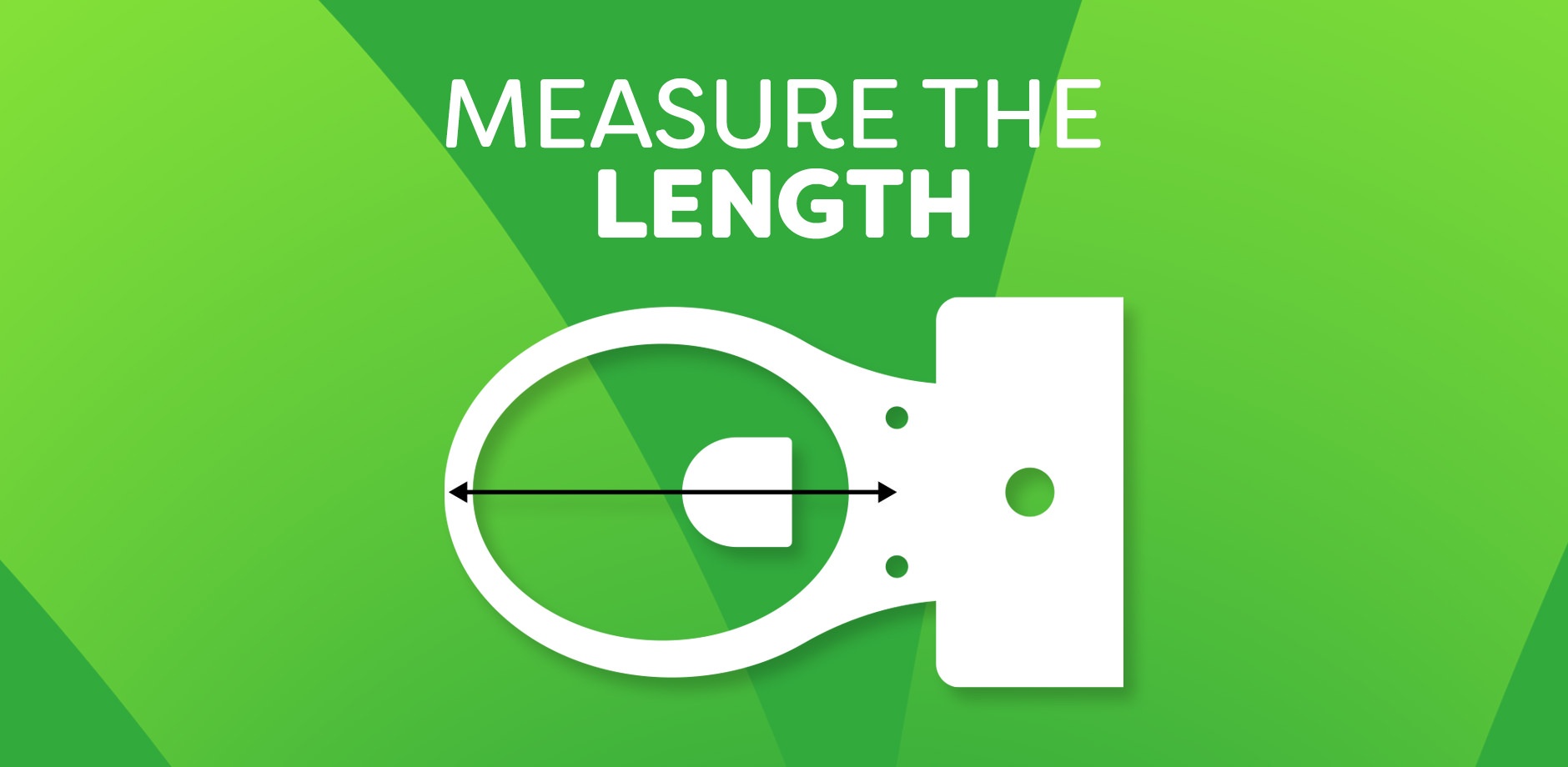
Step 3: Measure the Width of Your Toilet Seat
Next, measure the width of the bowl at its widest point. This is typically across the middle of the bowl from edge to edge.
The standard width is around 14 inches (36 cm), but it can vary slightly based on the design of the toilet.

Step 4: Measure the Distance Between the Bolt Holes
This step involves measuring the distance between the centres of the two mounting holes where the seat attaches to the toilet. This measurement is crucial because even if the length and width are correct, a mismatch here could mean the seat won’t fit properly.
Note: The standard distance between bolt holes is 5.5 inches (14 cm). However, measure to confirm as some toilets may have slightly different spacing.
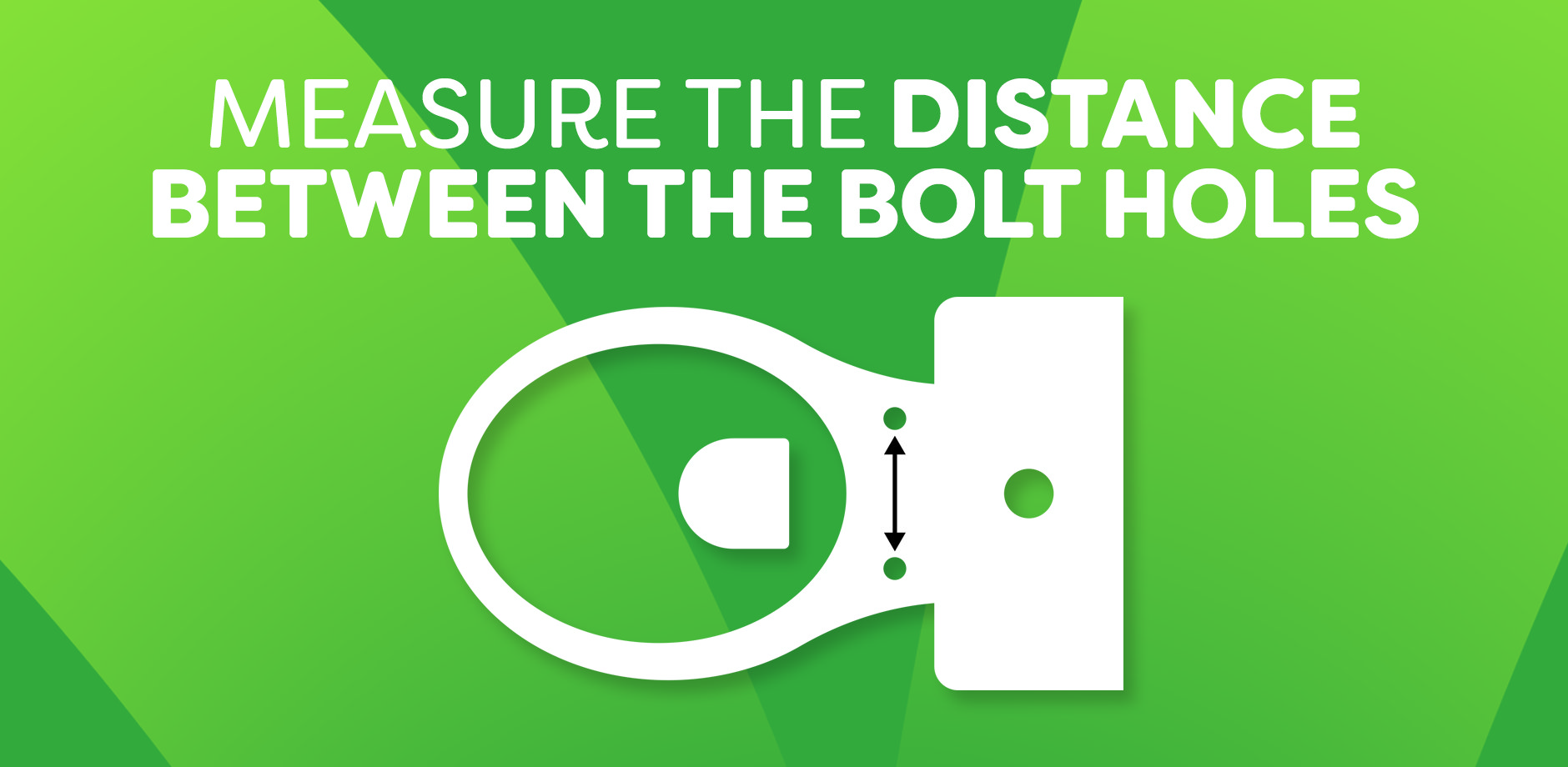
Specialty Shapes
For older, non-standard toilets or when replacing a seat that no longer fits properly due to changes in the toilet bowl's shape over time, you might need to take additional considerations into account.
In such cases, it’s recommended to consult a professional or explore custom or adjustable toilet seat options.
If you're unsure, most hardware stores can assist with finding a seat that will work, or you might consider modifying a seat slightly to fit—though this should be a last resort.
Pro tip: Measure twice to avoid any frustrating surprises—better to spend an extra minute now than end up with a seat that doesn’t fit later!
D-Shaped and Square Toilet Seats
Different toilet seat materials and shapes can influence your choice.
Wooden seats are often thicker and might sit higher on the toilet, which can affect comfort. Plastic seats are generally thinner and lighter.
Aside from round and elongated, consider whether your toilet has a D-shape or square bowl, as these will require a matching seat.
-
D-Shaped Seats: Measure the length from the centre of the bolts to the front edge, and the width at the widest point.
- Square Seats: Measure similarly to standard seats, but ensure you check the corners and sides for accurate fitting.
Note: Seat height and thickness can impact comfort. A thicker seat might be more comfortable but might also sit higher than what you’re used to.

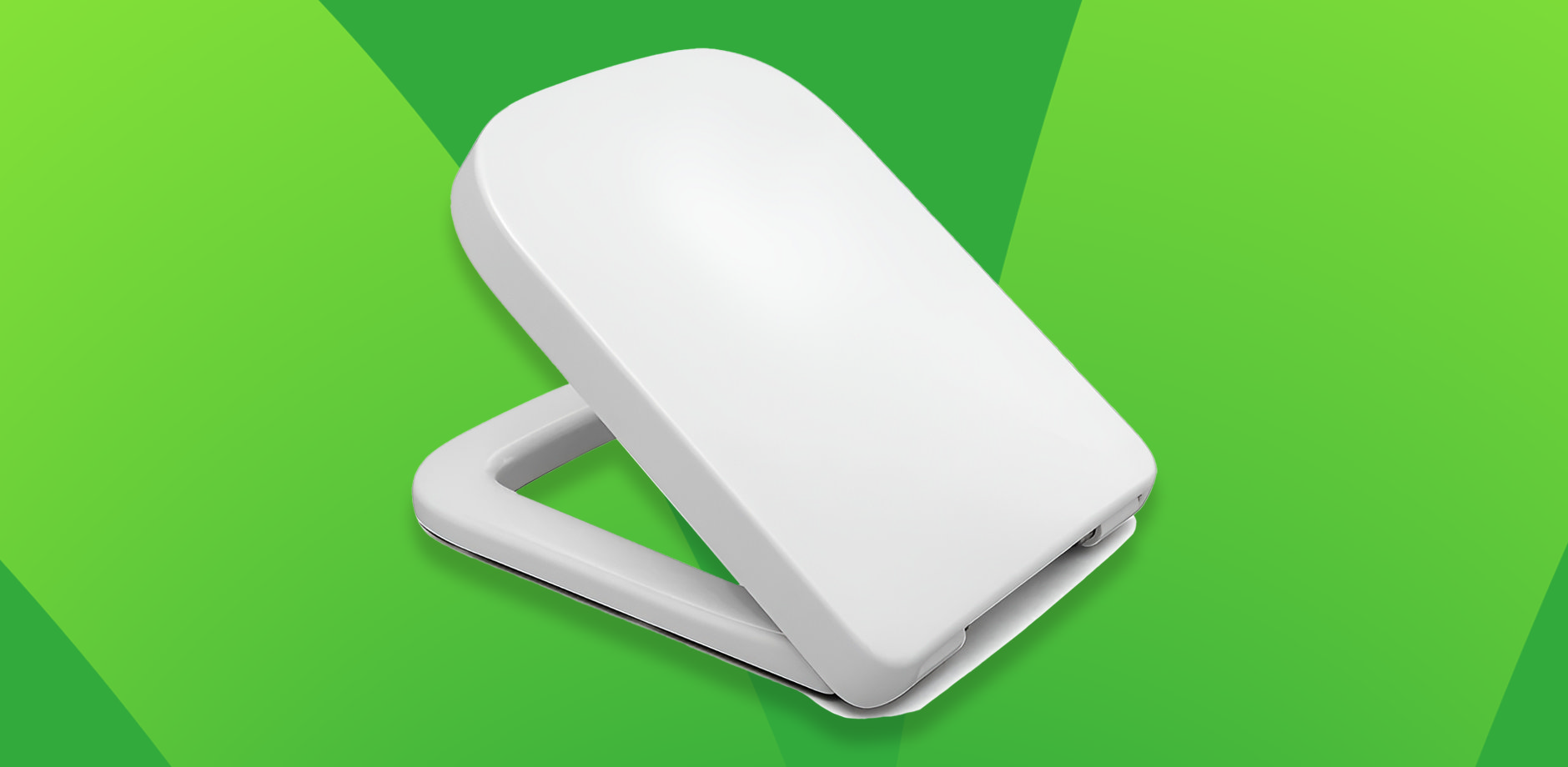
Tips for Measuring Your Toilet Seat Accurately:
-
Use a Flexible Measuring Tape: This will help you get the most accurate measurements, especially around the curves of the bowl.
-
Take Photos: If you're unsure, take photos of your measurements and the toilet bowl to refer back to.
-
Keep in mind that toilet seats are typically slightly longer than the bowl length to provide proper coverage.
Installation Tips:
Once you’ve measured and selected the correct toilet seat, proper installation is key. Make sure you’ve got the right tools on hand—usually a screwdriver and a wrench will do the trick. Follow the manufacturer’s instructions carefully to ensure everything fits as it should.
Make sure the bolts are tight enough to prevent the seat from moving, but be careful not to overtighten, as this could crack the seat or the toilet bowl. If DIY isn't your thing, don’t hesitate to call in a professional for help.
Ensuring Proper Toilet Seat Maintenance
-
Regular Cleaning: Clean the seat regularly with a mild cleaner to prevent stains and wear.
-
Periodic Checks: Periodically check the bolts to make sure the seat remains secure and doesn’t shift over time.
- Avoid Harsh Chemicals: Avoid using harsh chemicals or abrasive cleaners that can damage the seat's finish.
Closing the Lid On Our Toilet Seat Measuring Guide
Measuring your toilet seat doesn’t have to be a headache. Follow these steps, and you’ll find the perfect fit with zero hassle. Ready to upgrade? Browse our toilet seats now and boss your bathroom with confidence.
We offer:
Remember: Using the wrong size or shape of toilet seat can cause more than just an awkward look. It may lead to discomfort, safety risks—especially for children or people with mobility issues—and even make the seat unusable if it doesn’t fit properly. Getting the right measurements ensures your seat looks good, feels secure, and is safe for everyone.
Frequently Asked Questions
How often should you change your toilet seat?
Replace your seat if it’s loose, cracked, outdated, or after moving. Specialty seats may suit needs like potty training or cold weather comfort.
How do I know if my toilet seat is round or elongated?
Measure from the centre of the bolts to the front of the bowl. If it’s around 16.5 inches, it’s round. About 18.5 inches? That’s elongated.
Can I replace an elongated seat with a round one?
Technically, yes. Should you? Probably not. It won’t fit well, and it’ll look and feel odd.
What if my toilet seat measurements don’t match the standard sizes?
Some toilets have non-standard sizes. In this case, look for a custom or adjustable toilet seat.
How do I tighten a loose loo seat?
-
Tools Needed: Screwdriver, wrench, and pliers.
-
Steps: Open hinge caps, align the seat, and tighten the bolts. Use a screwdriver for wing nuts or a wrench for metal bolts.
-
Pro Tip: Don’t over tighten to avoid damage.
-
Still Loose?: Add washers for extra security.
By following these measurement guidelines, you can ensure a perfect fit for your new toilet seat, making your bathroom both functional and comfortable.

Jack
Jack is part of the resident bathroom bloggers team here at Victorian Plumbing. As a bathroom décor and DIY expert, he loves writing in depth articles and buying guides and is renowned for his expert 'how to' tutorials.

